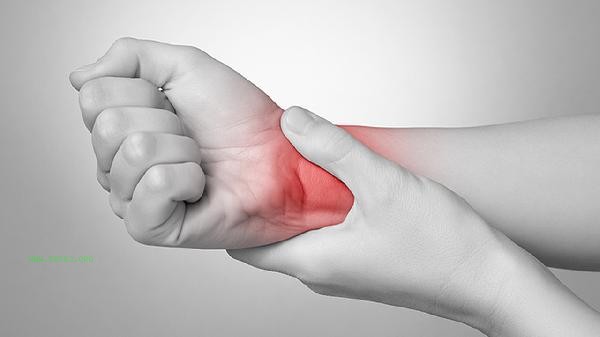Muscle strain in the right arm may be caused by excessive exercise, improper posture, muscle fatigue, external impact, or chronic strain. Muscle strains usually present with symptoms such as local pain, swelling, and limited mobility. Mild strains can be relieved through rest, but in severe cases, medical intervention is necessary.

1. Over exercise
Engaging in high-intensity arm exercises in a short period of time can easily lead to muscle fiber tearing. Commonly seen in weightlifting, throwing, or repetitive upper limb movements, minor muscle injuries may occur under overload conditions. It is recommended to stop exercising immediately and apply ice. After 48 hours, apply hot compress to promote blood circulation.
2. Improper posture
Long term maintenance of incorrect arm posture can cause sustained tension in specific muscle groups. Incorrect mouse usage posture during desk work and arm compression during sleep can all cause strains. Adjusting the height of the workbench and using an ergonomic mouse pad can help prevent it.
3. Muscle fatigue
Engaging in exercise without sufficient warm-up may trigger protective muscle spasms. Excessive accumulation of lactate during exercise can reduce muscle coordination and increase the risk of strain. Dynamic stretching should be done for 10 minutes before exercise, and attention should be paid to replenishing electrolytes during exercise.

4. External force impact
Direct violent impact can cause acute damage to muscle tissue. Using hands to support the ground during falls and collisions during exercise can both cause muscle fiber breakage. If subcutaneous congestion or abnormal joint movement occurs, the possibility of fracture should be ruled out.
5. Chronic strain injury
Long term repetition of the same arm movements can cause tendinitis or chronic muscle inflammation. Occupational injuries are more likely to occur among groups such as painters and tennis players. It is recommended to do reverse stretching every hour of work and use protective gear to share the pressure if necessary.

During the first three days after muscle strain, the RICE principle should be followed: rest and brake, ice compress for pain relief, elastic bandage for pressure dressing, and raising the affected limb. Low intensity eccentric training can be performed during the recovery period to help muscle reconstruction, such as slow flexion and extension exercises with elastic bands. Daily attention should be paid to supplementing high-quality protein and vitamin C to promote tissue repair and avoid premature recovery from high-intensity exercise. If the pain persists for more than two weeks or symptoms such as joint clicking and numbness occur, it is recommended to seek medical attention to rule out complications such as rotator cuff injury and cervical spondylosis.








Comments (0)
Leave a Comment
No comments yet
Be the first to share your thoughts!